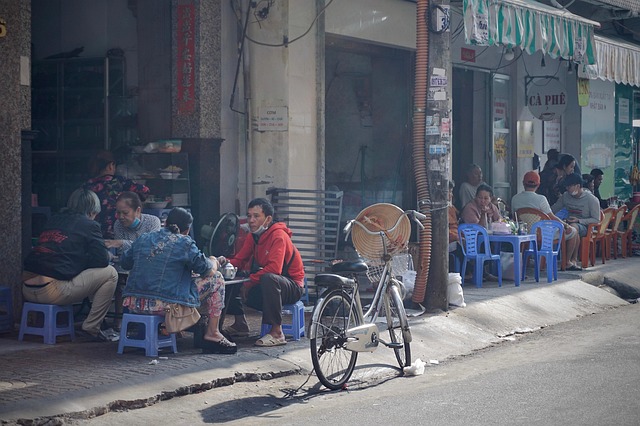Foraging for Urban Flavors: City-Sourced Cuisine
Imagine plucking your dinner from a city sidewalk or harvesting herbs from a forgotten lot. Urban foraging is taking root in culinary circles, offering a fresh twist on farm-to-table dining. This trend merges sustainability with adventure, transforming cityscapes into edible landscapes. Let's explore how urban foragers are redefining local cuisine and bringing wild flavors to the concrete jungle.

Edible Streetscapes: Mapping the Urban Bounty
Successful urban foraging requires knowledge, creativity, and a keen eye for identifying safe, edible plants. Foragers are creating detailed maps of their cities, noting locations of fruit trees, herb patches, and edible flowers. These “food maps” serve as guides for newcomers and help build a community of like-minded urban harvesters. Apps and websites dedicated to urban foraging have also emerged, allowing users to share discoveries and tips. However, foragers stress the importance of proper identification and awareness of local regulations to ensure safe and responsible harvesting.
From Sidewalk to Table: Urban Foraging in Fine Dining
Innovative chefs are incorporating urban-foraged ingredients into high-end cuisine, creating unique dishes that tell a story of the local environment. Restaurants specializing in “urban wild” menus have popped up in cities worldwide, offering diners a taste of their immediate surroundings. These establishments often partner with experienced foragers to source ingredients safely and sustainably. The result is a hyperlocal dining experience that challenges traditional notions of luxury ingredients and celebrates the overlooked bounty of urban ecosystems.
Community and Education: Fostering Urban Foraging Culture
As interest in urban foraging grows, so does the need for education and community building. Foraging workshops, guided walks, and community harvests are becoming popular in cities, teaching participants how to identify, harvest, and prepare wild urban edibles safely. These events not only spread knowledge but also foster a sense of connection to the urban environment and fellow food enthusiasts. Many cities are also incorporating edible landscaping into urban planning, creating public food forests and community gardens that blur the lines between foraging and urban agriculture.
Challenges and Considerations in Urban Foraging
While urban foraging offers exciting culinary possibilities, it’s not without challenges. Concerns about pollution, pesticides, and contamination in urban environments require foragers to be cautious and selective about harvesting locations. Legal and ethical considerations also come into play, as foragers must navigate property laws and ensure their activities don’t harm local ecosystems. Despite these challenges, proponents argue that responsible urban foraging can actually benefit urban environments by promoting biodiversity and encouraging stewardship of neglected green spaces.
Urban Foraging Tips & Facts
• Always positively identify plants before consuming
• Avoid foraging near busy roads or industrial areas
• Respect private property and local regulations
• Use multiple sources to confirm plant identification
• Start with easily recognizable plants like dandelions or blackberries
• Urban honey from rooftop beehives is a popular foraged product
• Some cities offer foraging tours led by expert botanists
• Foraging can reduce food waste by utilizing overlooked resources
In conclusion, urban foraging represents a fascinating intersection of culinary innovation, sustainability, and community engagement. As cities continue to grow, the practice of harvesting food from urban landscapes offers a way to reconnect with nature and reimagine our relationship with food. While it requires knowledge, caution, and respect for the environment, urban foraging has the potential to transform our cities into edible oases, one wild ingredient at a time.





